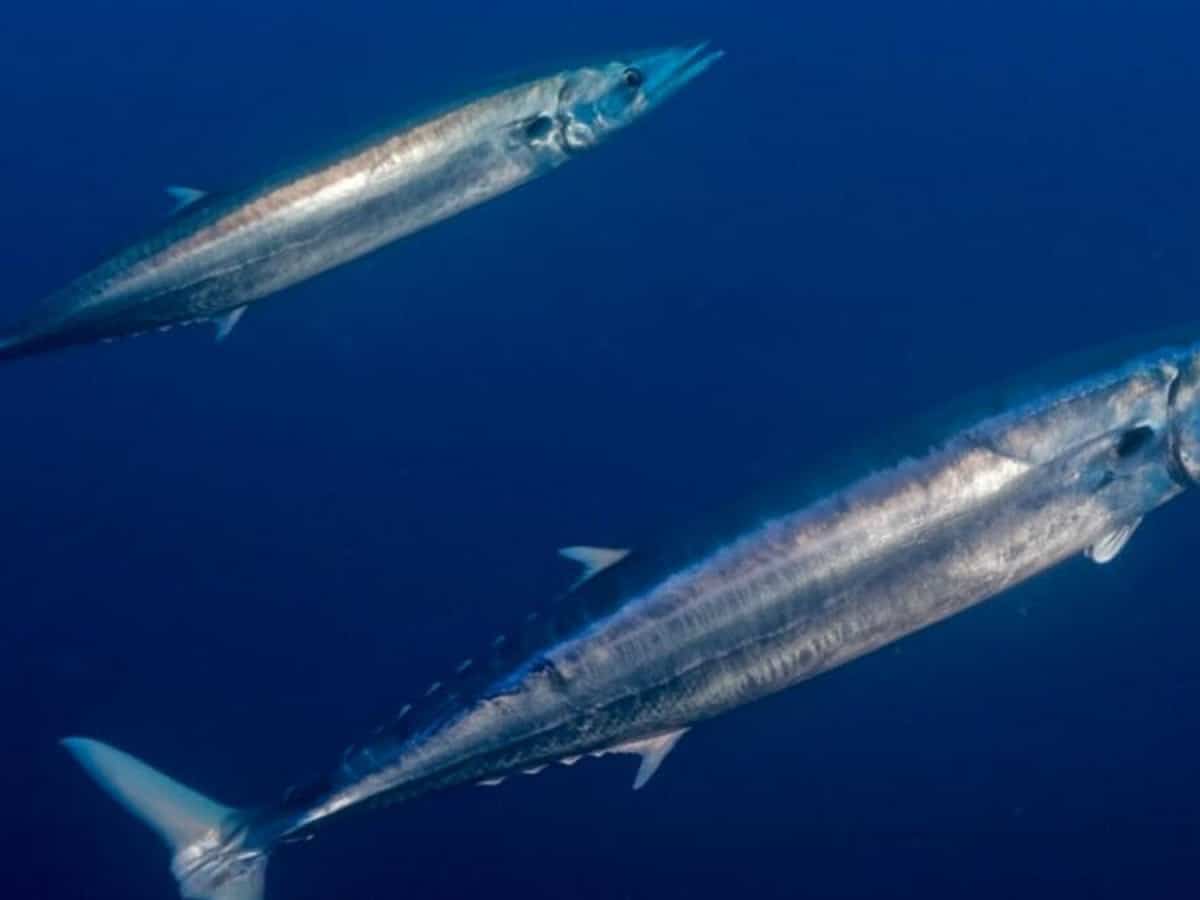
The world’s first-ever satellite-based project to track kingfish has been launched in the United Arab Emirates (UAE) capital Abu Dhabi, Abu Dhabi Media Office (ADMO) reported.
The Environment Agency – Abu Dhabi (EAD) collaborating with the United Arab Emirates University, launched a project aimed at managing migratory fisheries in the emirates.
This will be achieved by studying the kingfish behavior and migration patterns in Arabian Gulf waters, focusing on biological traits and breeding seasons in Abu Dhabi’s waters.
The kingfish is a migratory pelagic fish that lives in small groups at different depths and moves between areas in search of food.
The study was selected due to its significant economic, nutritional, and cultural value, as well as its status as the most frequently caught migratory species in Abu Dhabi.
Ahmed Al Hashemi, Executive Director of the Terrestrial and Marine Biodiversity Sector at EAD, said, “The project to track kingfish by satellite is considered the first of its kind in the world, as there are other similar projects that have been implemented to track sharks, tuna, and yellowtail kingfish and some types of large fish in Norway, Australia and the United States.”
“However, there are no previous studies in the world to track kingfish, and this may be due to the difficulty associated with catching this type and installing the device on its body, as doing so requires great speed and care to ensure the success of the process,” Ahmed Al Hashemi adds.
He added, “The kingfish’s smooth body and relatively small size compared to sharks and tuna increases the difficulty of attaching the tracker, and fishing operations for scientific research purposes differ greatly from the traditional fishing practices.”
How the satellite-tracking technology works on fish?
Satellite-tracking technology is a modern method for studying the migration patterns and paths of fish and migratory species.
The tracking device is attached to the fish’s dorsal fin to prevent stress and ensure a successful process, then returned to the water for life cycle completion.
The device initiates communication with the satellite and sends data after being separated from the fish automatically after six months or a pre-programmed time period.
Al Hashemi stated that the data on fish movement is collected after the device separates from the fish’s body and floats to the surface after a pre-set six-month period or if detached.
The device communicates with a satellite, broadcasting fish path information, and the technical team uses GPS and navigational goniometers to retrieve it from the water.
He highlighted that eight tracking devices have been installed on kingfish in Abu Dhabi’s waters out of 18 allocated for the project, with the remaining devices set to be installed at the start of the kingfish season.
The study will gather data, prepare a final report, and provide recommendations for managing fishery resources and regulating migratory species exploitation in the emirate’s waters.
A device separated from a fish 100km away, revealing it had traveled up to 350km at a speed of 1.8km per hour, equivalent to 40km per day.
The kingfish, a fast-moving species, recorded over 2,000 readings during a nine-day tracking period, indicating its unique movement patterns.
